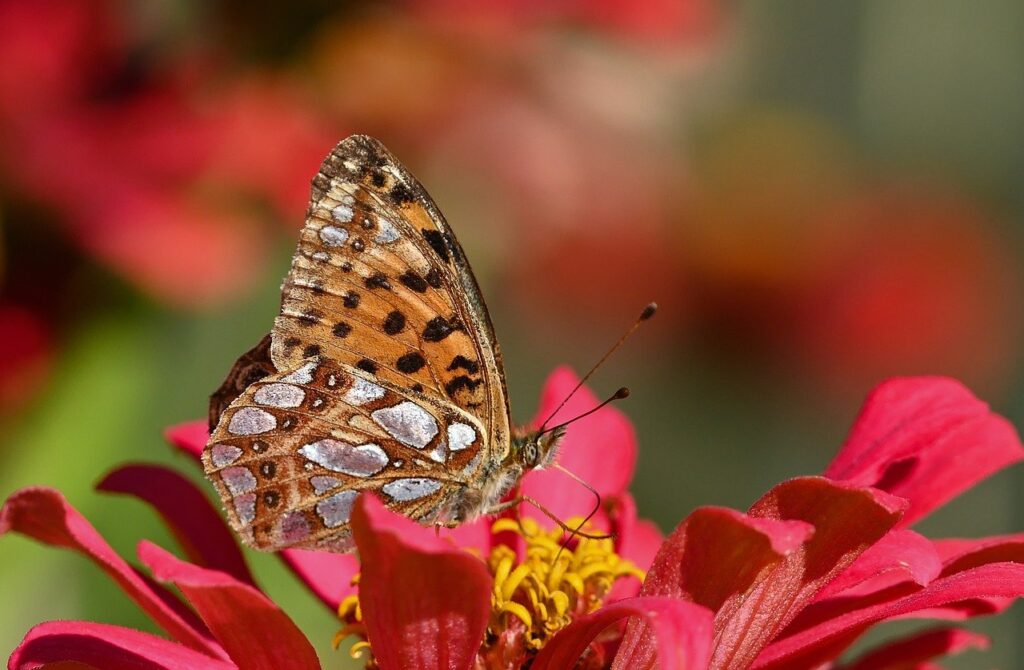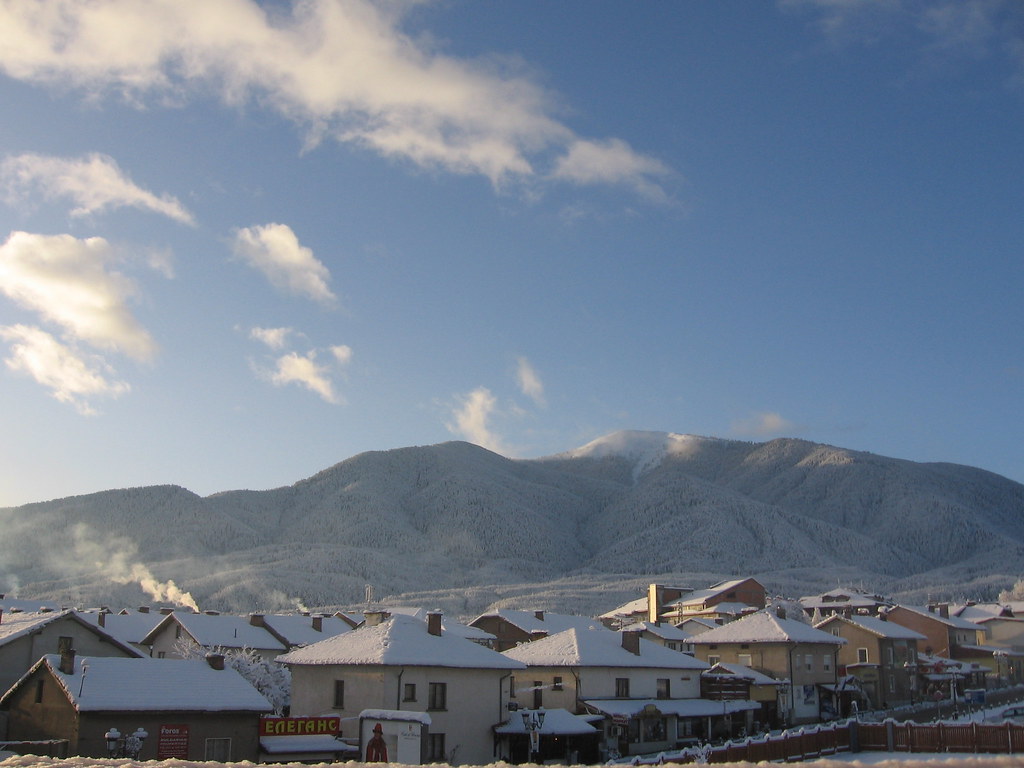Gardening has always been a realm of endless possibilities and unexpected joys for me. This summer, I embarked on a new adventure that brought a burst of color and happiness into my life: planting zinnias from seed. The journey began somewhat unassumingly at a local farmers market, where a blooming zinnia caught my eye and piqued my curiosity. Little did I know that this single purchase would ignite a newfound passion for zinnias, leading me to declare them my new favorite flower.
I’ve heard it said that zinnias are among the easiest flowers to grow, and this summer, I decided to put that theory to the test. Armed with seeds, enthusiasm, and a pair of raised garden beds that seemed to beckon for a splash of color, I dove into the world of zinnia gardening. And what a world it has been! From the initial planting on Mother’s Day to watching the vibrant blooms tower over me, my experience has been nothing short of magical.
Let’s not get ahead of ourselves. For those who might be wondering, ‘Are zinnias really that easy to grow?’ I’m here to share my journey and say, emphatically, yes! These delightful flowers not only come in a variety of shapes, sizes, and colors but are also remarkably effortless to nurture. Imagine my surprise and delight when, less than two months after planting, my garden was adorned with robust, colorful zinnia blooms. It’s a sight that has brought joy to not just me, but also to everyone who visits. I make it a point to cut some and spread the beauty inside our home as well.
One of the most astonishing aspects of this gardening venture is the height these flowers can reach. Standing at 5’ 4”, I found myself looking up at zinnias that were as tall, if not taller, than me. This revelation was both surprising and immensely satisfying. It’s not every day that one’s gardening efforts yield such towering, statement-making results.

If you’re sitting there thinking that you’d like to embark on this zinnia planting journey but are worried about the complexity, fret not! I was once in your shoes, and through a mix of curiosity, research, and a bit of trial and error, I’ve put together what I affectionately call ‘The Lazy Girl’s Guide to Growing Colorful Zinnias from Seeds.’ This guide is a culmination of everything I learned through my own gardening experience, bolstered by a healthy dose of research (thank you, Google and Pinterest!). It’s designed to be a straightforward, hassle-free approach to cultivating these beautiful blooms, even for those of us who prefer to keep things simple.
The starting point for any aspiring zinnia gardener is, of course, the seeds. I opted for an Earth Science Zinnia Mix, which is a beginner-friendly option that includes seeds, fertilizer, and soil improvement all in one convenient package. From there, the process was as simple as finding a sunny spot in the garden, preparing the soil with some organic raised bed and potting mix, and ensuring consistent watering. And voilà! Within a few weeks, I was rewarded with the first signs of life as seedlings began to emerge, eventually blossoming into the colorful spectacle that now graces my garden.
Perhaps you’re wondering, ‘Can I just scatter zinnia seeds?’ Well, I’m living proof that you can. While there are recommended spacing guidelines to ensure optimal growth and airflow, I chose to scatter my seeds across our raised beds, and the results have been overwhelmingly positive. Of course, this approach has its trade-offs, such as the potential difficulty in weeding once the plants get large. However, the full, cottage-style ambience it creates is absolutely worth it, in my opinion.
Choosing right variety
Before you begin, it’s essential to choose the right variety for your garden space and climate. Zinnias thrive in zones 2-11, which pretty much covers a vast geographical area. Whether you’re perched in a cool northern state or basking in the southern sun, there’s a zinnia that can brighten your garden. The Dwarf varieties, perfect for pots and the front row of your garden bed, stay petite yet prolific. On the other hand, the taller varieties, soaring up to 4 feet, make stunning backdrops and are ideal for those eye-catching cut flowers.
The best time to plant
When is the best time to plant these beauties? After the last frost has bid adieu, and the soil has warmed up, that’s your green light. In colder climates, this might mean waiting until late spring, but the wait is well worth it. For those eager beavers who just can’t wait, starting seeds indoors is a viable option, although it requires a bit more elbow grease.
Sunlight
The key to a thriving zinnia garden is sun, sun, and more sun. These floral sunbathers need a good 6-8 hours of direct sunlight to flourish. When picking a spot in your garden, make sure it’s one where the sun generously pours its love. And while zinnias aren’t too fussy about the soil, they do appreciate a well-draining, fertile ground. A mix of natural raised bed and potting mix, enriched with organic material, sets the perfect stage for your zinnias to shine.

Planting
Onto planting. If you’re sprinkling seeds directly in the garden, remember they need to cozy up just ¼ inch below the soil surface. This shallow burial ensures they catch enough warmth and light to germinate swiftly. For those who like a bit more order, spacing guidelines suggest planting seeds about 6 inches apart. However, if you’re channeling more of a ‘scatter and see’ approach, embracing the unpredictable sprawl of blooms can lead to a wonderfully wild garden aesthetic.
Watering
Watering is next on the agenda. Zinnias love moist soil, but they’re not fond of wet feet. Ensure a consistent watering schedule, focusing on the base of the plants to keep those lovely leaves dry and disease-free. Overhead watering can invite unwelcome fungal guests, so keeping the foliage as dry as possible is crucial.
Bugs
As your zinnias grow, you’ll want to keep an eye out for visitors. And by visitors, I mean the pesky kind. While zinnias are relatively low-maintenance, they can attract certain bugs and might suffer from powdery mildew if conditions get too damp. Good airflow and dry leaves are your best defenses against these garden gatecrashers.
Deadheading
Deadheading is another trick to extend your zinnia’s blooming season. By snipping off spent flowers, you encourage the plant to focus its energy on producing more blooms. It’s like telling your zinnias, ‘Hey, don’t give up! The show must go on!’ This simple practice can lead to a garden that’s alive with color well into the fall.
Fertilizing
Let’s not forget about fertilizing. While zinnias aren’t demanding, a little nutritional boost can help them reach their full potential. An all-purpose organic fertilizer, or even better, compost, can give your zinnias that extra oomph.
Growing zinnias is a rewarding activity that enhances your garden and fills your heart with joy. These resilient, cheerful flowers require little but offer much in return. With the right care, your garden will be a testament to the simple yet profound pleasures of gardening. So, scatter those seeds, bask in the sun, and watch as your garden transforms into a zinnia-filled paradise. Here’s to the zinnia, the flower that keeps on giving, making every gardener’s dream a vibrant reality.
Related posts:
The Lazy Girl’s Guide to Growing Colorful Zinnias from Seeds
How to Grow Zinnias: The Complete Zinnia Flower Guide
How to Grow Zinnias





